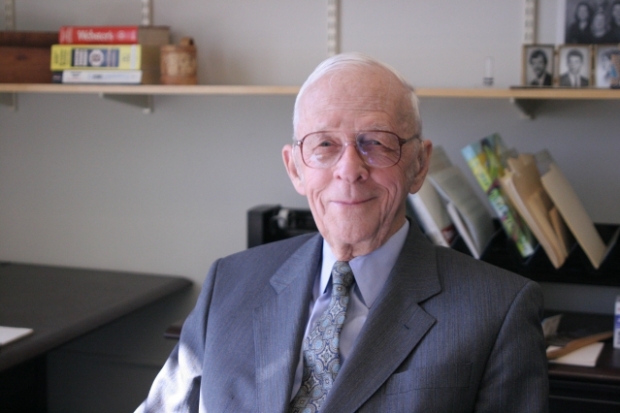Forrester was a key figure in the development of digital computing, the national air defense system, and MIT’s Lincoln Laboratory. He developed servomechanisms, radar controls, and flight-training computers for the US Navy. He led Project Whirlwind, an early MIT digital computing project. It was his work on Whirlwind that led him to invent magnetic core memory, an early form of RAM in 1949.
In the mid-1950s Forrester developed system dynamics — a model-based approach to analysing complex organizations and systems. He sought to combat the factory’s boom-and-bust cycle by examining its weekly orders, inventory, production rate, and employees. He then developed a computer simulation of the GE supply chain to show how management practices, not market forces, were causing the cycle.
Forrester’s “Industrial Dynamics” was published in 1961. The field expanded to chart the complexities of economies, supply chains, and organizations. Later, he cast the principles of system dynamics on global issues in “Urban Dynamics,” published in 1969, and “World Dynamics,” published in 1971. The latter was an integrated simulation model of population, resources, and economic growth.
He was the first to criticise growth economics something which did not endear him to businesses, government officials, and academics. However, in that he was proved right as population, economic growth and manic business drives climate, deforestation, collapsing fisheries, resource conflict, and mass migrations.
Forrester was married for 64 years to Susan Forrester, who died in 2010. He is survived by a daughter, Judith; two sons, Nathan and Ned; four grandchildren, Matthew, Julia, Neil, and Katherine; and two great grandchildren, Everett and Faraday.




